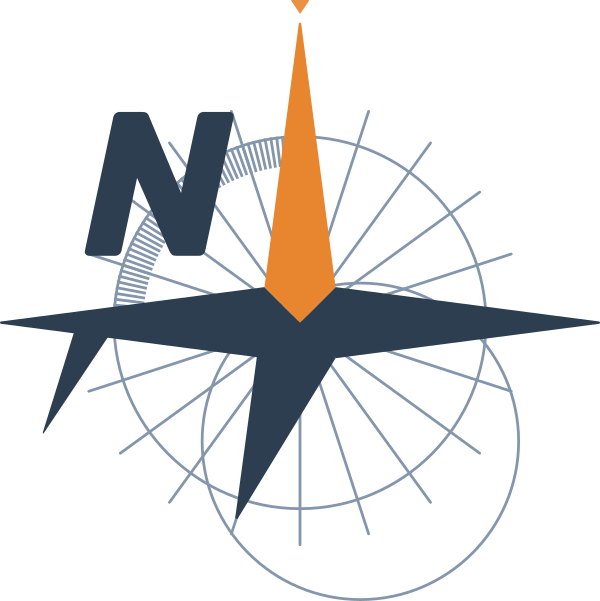Hello everyone!
Now it’s time to briefly recap what we have been learning during the course.
If you recall, we reviewed the basic concepts of resistance and elasticity of materials applied to the specifics of structural analysis and which mechanical properties are relevant to our analysis.
We learned how to do a basic scantling of a ship with the ship beam model and the basic structural elements of a ship’s hull.
We also gained insight into the fundamentals of the finite element method. We dug into how finite element code is structured, how the data is input, how it is processed and the matrices are assembled, and how the results are processed after solving the system.
In the practical lessons, we learned how to install, validate, and start working with a finite element software. We also learned how to import CAD files and 3D models in different formats and how to prepare, repair, and clean those models to meet the topological requirements so that they could be meshed for finite element analysis.
We devoted a lesson to local axes to learn their importance and how they could be used, for example, for composite materials and for applying loads in different axes to apply different types of boundary conditions.
Also, we went through a beam and shell model, learning how to import, apply boundary conditions, apply loads, and assign materials. And we did some rough meshing and obtained some results.
Then, we went into more detail about the specifics of meshing. We learned how to choose the type of elements, the order of the element, and the type of mesh (unstructured or structured), and how we could combine that to refine the mesh and obtain the requested results.
We learned a bit about the different solvers used in the finite element softwares, and we calculated and obtained results. We went through a post-processing system, learned how to choose different results, how to visualize deformations, how to visualize different types of structures, and how to isolate different results to decide if the mesh needed to be refined in certain parts of the structure.
We did this refinement, and we obtained stable solutions that are finally the ones we can give as correct and include in our reports.
Remember that we did all this in a final model, a very large model of a complete planning motor boat, which will be in your final project where you will apply all the knowledge and be able to put it into a report.
I hope you enjoyed this course as much as I enjoyed teaching it!
I’m looking forward to meeting you in the next course!

